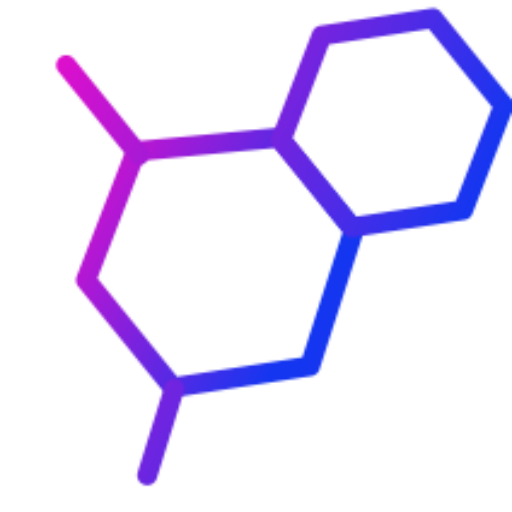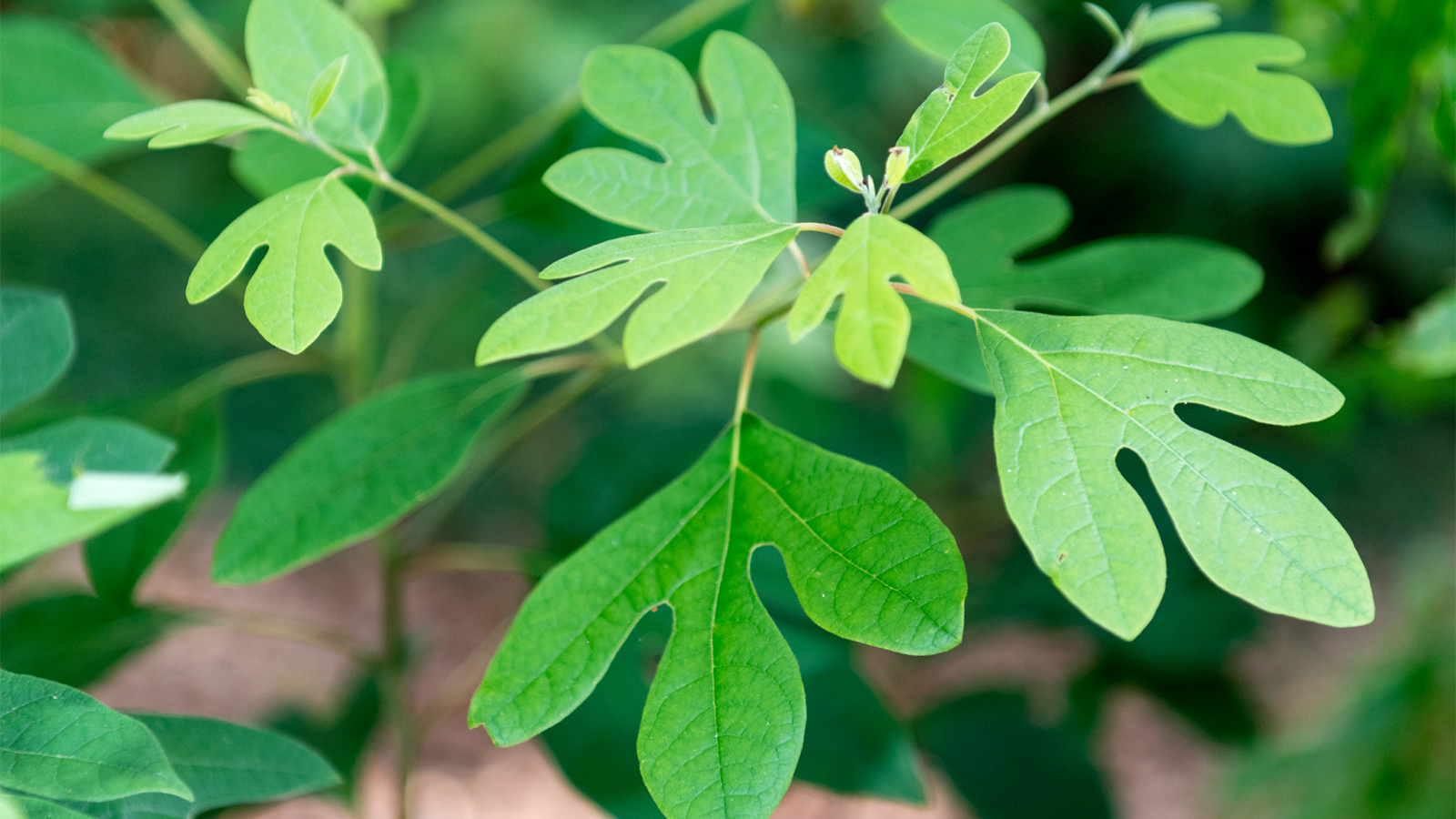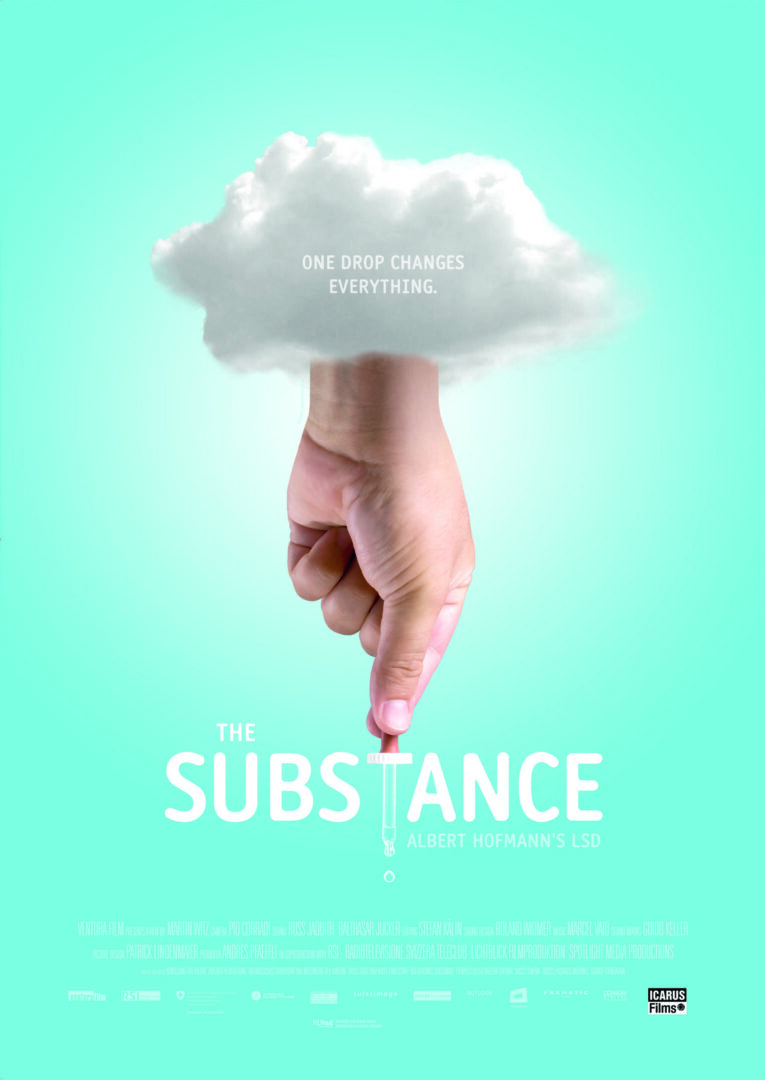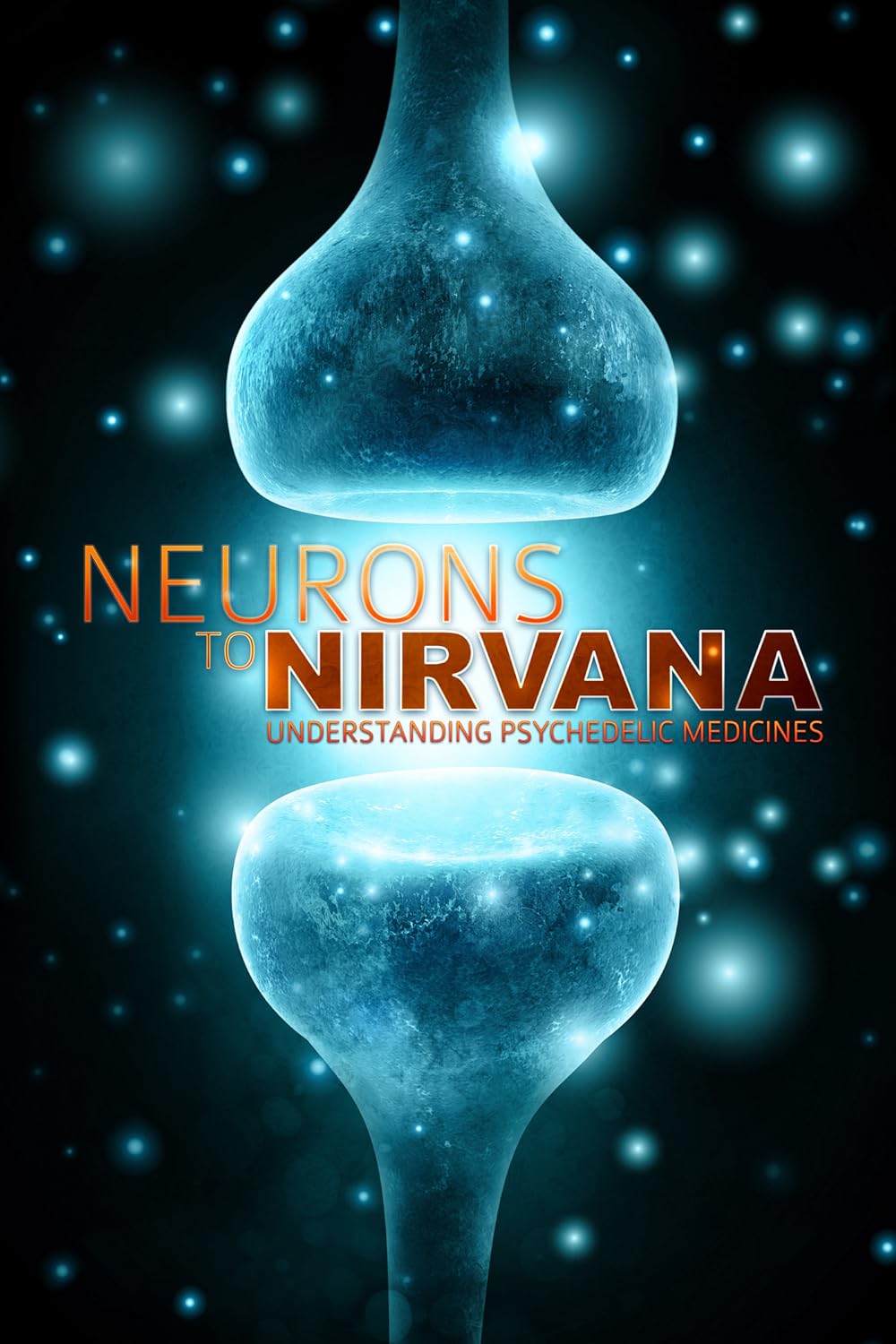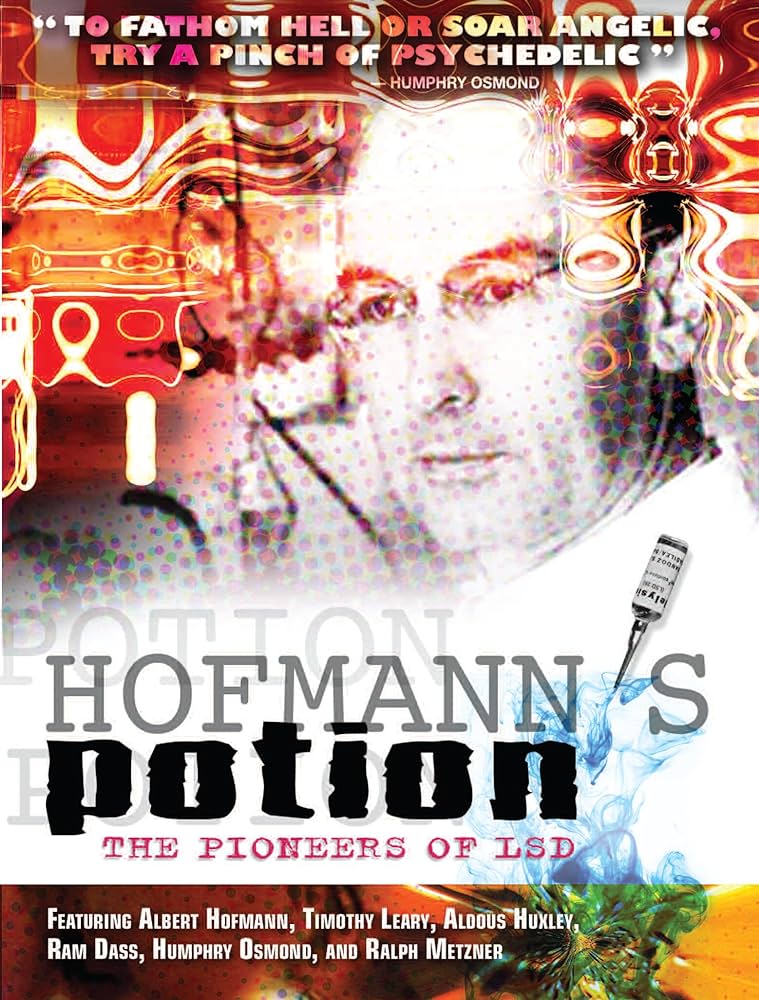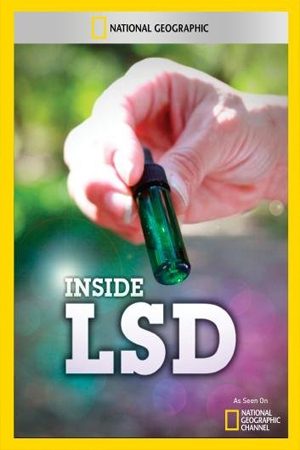What is Sassafras?
Sassafras means different things depending on who you talk to — at a rave, “sass” or “sassy” might be for rolling all night but to your grandmother; it’s homemade rootbeer-flavored tea.
The sassafras plant has been in use as medicine for a long time, although not necessarily for its psychoactive effects.
Sassafras is a tree found in Eastern North America (Sassafras albidum) and East Asia (S. randaiense and S. tzumu). The leaves, bark, twigs, and root are all used for various medical purposes, from toothbrushes to painkillers. The wood is even prized for building ships and furniture.
But in the 21st century, many know sassafras for its relationship to MDMA and MDA because it contains concentrations of safrole — a precursor to MDMA and, therefore, a tightly controlled substance.
Safrole oil is carcinogenic in rats and banned by the FDA. Despite the warning, sassafras root is still often consumed for its unique flavor and by those seeking its mild psychoactive effects.
In this article, we explore the history and use of sassafras around the world, along with how to make sassafras infusions and whether or not they are psychoactive.
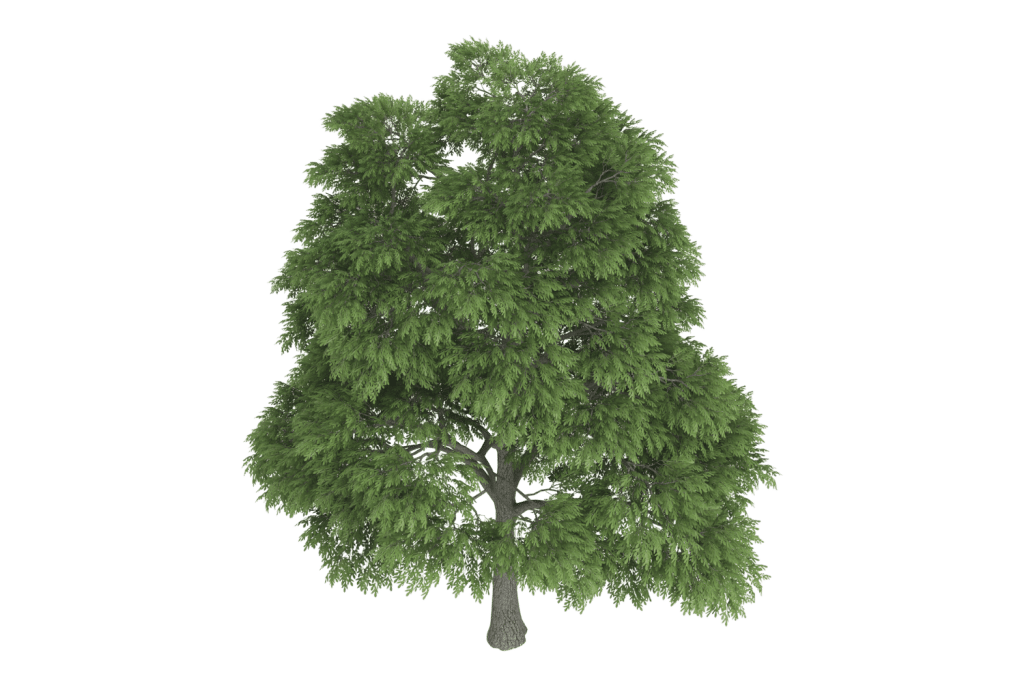
Sassafras: Specs & Technical Details
| Active Ingredient | Safrole & Other Unknown Compounds |
| Level of Risk | Medium |
| Most Common Side Effects | Euphoria, stimulation, improved mood |
| Duration of Effects | 8-12 hours |
| Legality | Legal |
Sassafras Traditional & Medical Use
Sassafras’s history of use is long and diverse. Prized as firewood and a quality construction material in Asia, Europe, and the Americas.
First, People in North America used winauk and pauane bark, leaves, and root for:
- Blood thinner
- Poultice for open wounds
- Skin problems
- Urinary or kidney problems
- Scurvey
- Toothache
- Menstrual discomfort
- Bronchitis and congestion
- Hypertension
- Dysentery
- Headache
- Gout
- Constipation
- Infertility
- Induce abortion
In Southeast Asia, knowledge of S. tzumu and S. randaiense exists in traditional Chinese Medicine to treat arthritis and wounds.
Persian medicine suggests sassafras helps with the absorption of certain medications or foods
Western World & Sassafras
The distinct aromatics and flavors of sassafras have achieved fame by flavoring rootbeer (along with sarsparilla, a separate plant), and in Lousiana “filé”—ground sassafras leaves in the flavors gumbo. Sassafras’s distinct aroma is in toiletry products and perfumes.
When colonialists arrived in the Americas, sassafras became an export, used as a treatment for endemic syphilis and gonorrhea of the day. It also entered use with dentists as an anesthetic and disinfectant. The tree was, in true colonial fashion, overharvested and sold en masse in Europe. On early mornings in London, a dark, thick drink of sassafras bark with milk and sugar known as “saloop” was a panacea.
Extraction of “sassafras oil” became a commodity. The oil, steam distilled from bark, contains about 80% safrole, along with many other components including, but not limited to, eugenol, camphor, a-pinene, and myristicin (the active compound in nutmeg).
Notably, a recent study has shown 12 different alkaloids in the aporphine and benzylisoquinoline classes.
What is Safrole?
Safrole oil (p-allyl-methylenedioxy benzene) is abundant in sassafras bark and roots. An analysis of Sassafras albidum puts about 8% concentration in the root bark. It is also found in many other plants like cinnamon, nutmeg, anise, basil, nutmeg, mace, and black pepper in tiny amounts. The FDA banned safrole for being mildly carcinogenic in rats. Dogs, on the other hand, could consume it for more than 7 years with “minimal damage”.
Online communities like to conspire against the ban with claims it relates to MDMA production more than public health. If serious danger exists in humans is still unknown. Indeed, other sources have shown safrole’s role in anticancer research, along with camphor, also found in sassafras oil. It is also worth noting that other safrole-containing plants have a link to cancer in humans.
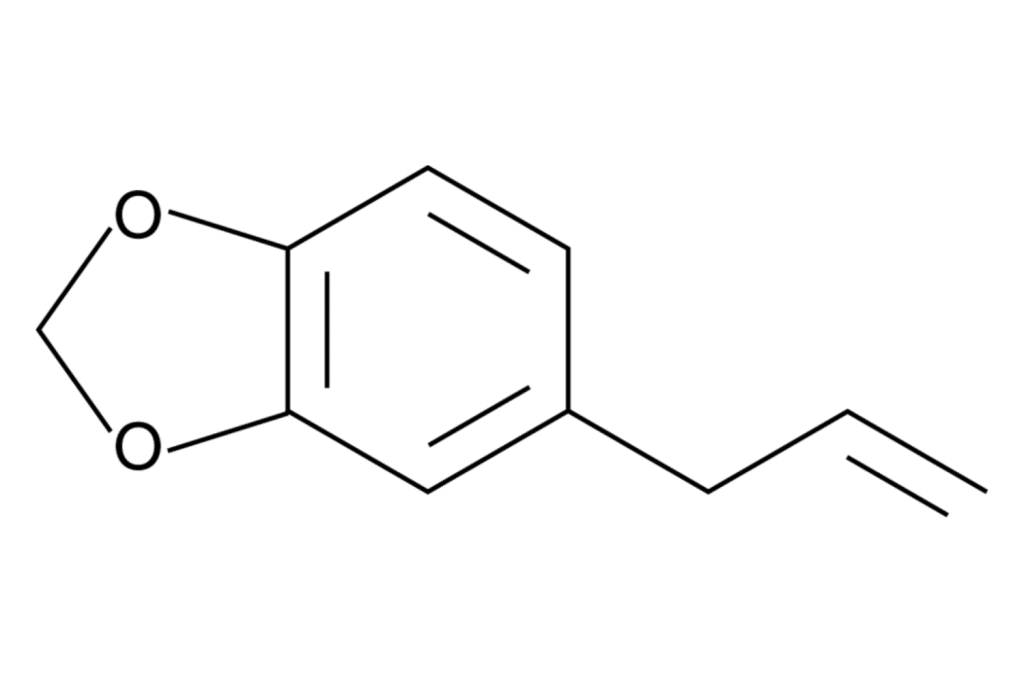
Safrole oil production currently happens from species containing safrole, but are not true sassafras in places like Brazil (Ocotea pretiosa) and Cambodia (Cinnamomum camphora) to such an extent these species have become threatened by excessive illegal harvest.
Much of this harvest is an illegal activity and may result in the production of some MDA and MDMA. However, it is worth noting safrole does have other commercial applications like insect repellent, flavoring, and scents.
Is Sassafras the Same as MDA?
Many sell powders and pills as “sass,” “sally,” or “sassafras.” While this blog can’t tell you what anyone is selling you, these products are typically MDA, not the sassafras plant. Only quality drug testing can indicate what a compound is.
1910 was the discovery of MDA, and 1939 marked the recognition of MDA’s psychoactive properties.
Thus began an exploration of many different applications, including:
- Antidepressant
- Appetite Suppressant
- Parkinson’s
- Cough Suppressant
- Psychotherapy
- Mind Control
It wasn’t until the ’60s that widespread adoption of MDA as a recreational drug occurred, becoming known as the “hug drug” and “Mellow Drug of America.” MDA’s effects are somewhat comparable to MDMA, with euphoria, connection to others, and stimulation.
Can Sassafras Tea Get You High?
While MDA and MDMA are superstar chemicals, the widespread North American distribution of sassafras (Florida to Canada) has many folks curious about the effects of sassafras tea. A fair number of folks grew up with a wholesome brew by grandparents.
Yet, online, there is a different story. Some people call the experience “herbal MDMA,” and others deem it a waste of time and dangerous. Reports of sassafras tea intoxication online are pretty contradictory, with some people rolling for days and others getting not even a buzz.
Some old reports exist of sassafras oil causing intoxication; this route isn’t something we recommend.
Research on safety or toxicity in humans doesn’t exist, and consuming a lot of pure safrole oil could kill you. Saffrole on its own isn’t psychoactive, but it’s possible that a full spectrum sassafrass oil is the source of some reports online of people getting high by consuming an oil.
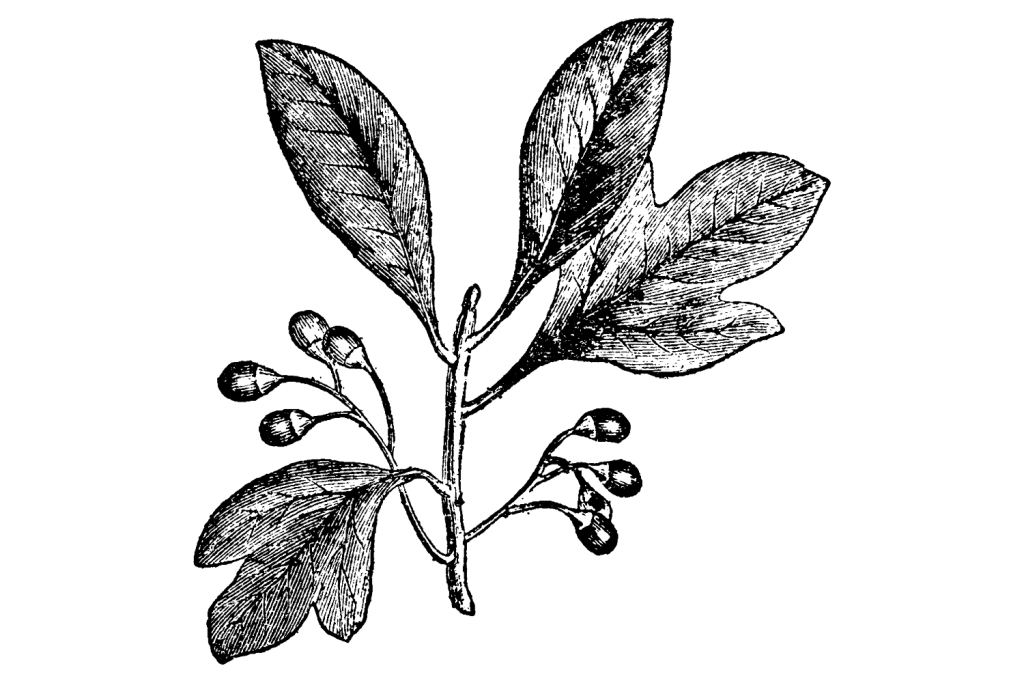
How to Make Sassafras Tea
A sassafras tea, on the other hand, is a road heavily traveled — although we can’t confirm that it will get you high.
Here are the basics of sassafras tea:
- Gather or purchase sassafras root. If foraging, the part you want is the root bark
- Boil the root bark for 20 minutes
- Add sweetener and enjoy
Some folks report psychoactive effects. However, speculation suggests that heat might destroy active compounds. Other ideas around inconsistent results with tea point towards freshness and/or quality of plant material.
How To Make Sassafras Cold Water Infusion
For those seeking the fabled psychoactive “herbal MDMA” effects of sassafras root, a cold water infusion appears to be more reliable for psychoactive effects.
Reports have suggested this method is effective:
- Harvest or buy sassafras root
- Grind pieces of root bark (if not ground already) in a coffee grinder
- Add about 10 g of root bark to 250 mL of cold water
- Soak for at least 15 min
- Filter water through a fine mesh bag or T-shirt
What’s The Dose of Sassafras?
There isn’t really a standard dose of sassafras. When consuming any plant, particularly ones foraged with great genetic variation; it is very hard to know how much of any active compound you are getting.
To further complicate matters, it’s unclear how sassafras works and why it works for some people and not others. It’s possible there are even placebo effects going on.
That said, a cold water infusion of 10 grams of ground sassafras root bark seems like a safe place to start.
What Does Sassafras Feel Like?
The effects of sassafras are mild euphoria, slight stimulant effects, increased sensitivity to touch, and possibly mild visuals with open or closed eyes. It’s far more subtle than MDMA, and some describe it as mildly mescaline-like. Calling sassafras a “herbal MDMA” is a bit of an exaggeration, although it’s possible higher doses do get psychedelic.
We haven’t done it and couldn’t find a report. Some folks report some serious discomfort with too strong a brew. Also noteworthy is the possibility sassafras may potentiate other substances or that combinations with cannabis offer pleasant effects.
How Long Does Sassafras Last?
While the high is far more gentle, it seems to last a very long time. The effects come on quickly, peaking after a couple of hours, and while the peak isn’t particularly psychedelic plateaus for some time.
The entire experience lasts similar to an LSD trip, clocking in around ten hours and sometimes extending further.
Some report an afterglow lasting several days.
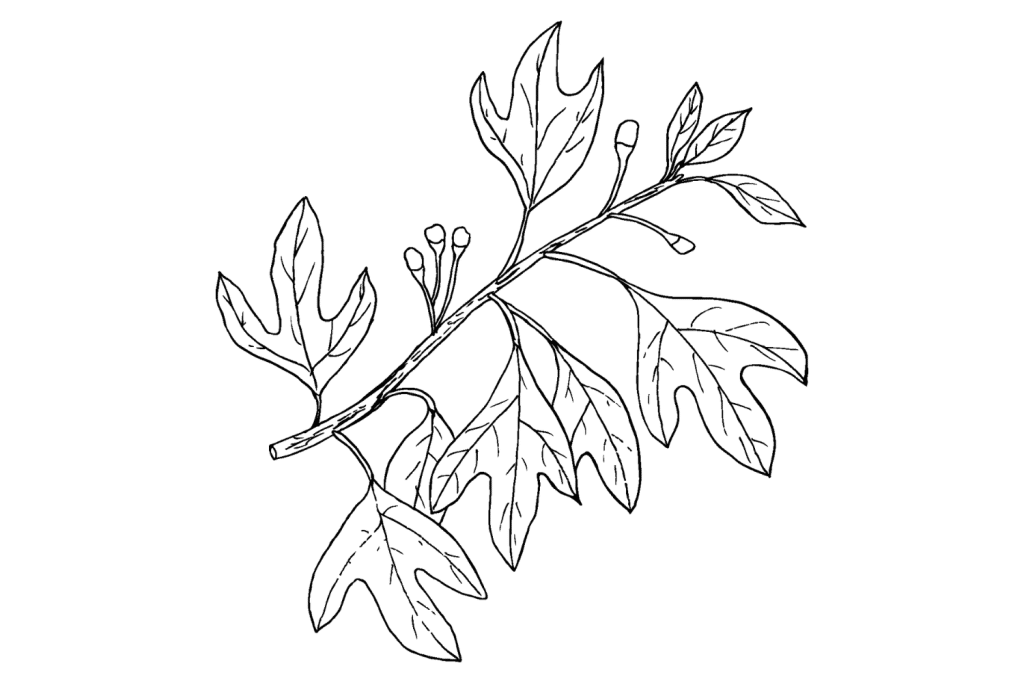
How Strong is Sassafras Compared To Other Psychedelics?
Sassafras is often compared to MDMA and MDA, yet its strength is far less.
While pleasant, the effects reported are very gentle. It does echo MDMA — social situations are pleasant, mood elevated, and touch sensual — so the comparison isn’t totally off base. Hallucinations might be a pleasant glow or light distortions with closed eyes.
Is Sassafras Safe?
Regular consumption of sassafras might present carcinogenic potential from safrole.
While research on consuming sassafras regularly doesn’t exist, studies on habitual consumption of other safrole-containing plants which implied a higher risk of cancer. However, sassafras is still regularly consumed by some elders for decades.
What Does Sassafras Look Like?
Sassafras trees are of the Laurel family, grow 10+ meters tall, and have a large range in North America throughout the southeastern state from the Atlantic Coast to the Great Lakes and Canada.
The trees are most easily identified by distinctive three-lobed leaves. it does produce a fruit that turns blue-black when ripe (please don’t eat them!) The roots will be a pinkish red and are dense and hard. The smell resembles root beer.
Side Effects of Sassafras
It’s definitely possible to take too much sassafras, and it certainly has the potential to be dangerous.
With the abundance of compounds found in sassafras, anyone with medical conditions should consult a trusted healthcare professional before consuming such a substance.
Side effects of excessive consumption include:
- Vomiting
- Hallucinations
- Excessive sweating
- Convulsions
Is Sassafras Legal?
The sassafras tree is legal and flourishing. Harvest is also perfectly fine; however, seeking to acquire large amounts of safrole-containing plant material will likely send out a red flag for the DEA.
Saffrole oil is a Schedule 1 substance, and the DEA might assume buying a lot of it is part of the production of other Schedule 1 substances.
Small amounts of sassafras are in tea sections and health food stores. Some products will have the safrole removed.
How Does Sassafras Work?
How exactly Sassafras works is still a puzzle. Saffrole oil is only the precursor to other drugs. The internet has some theories about in vivo metabolism, but these don’t hold much weight.
Scientific study has brought us a list of 12 alkaloids found in sassafras that do indeed spark interest [4]. However, information about any effects of specific alkaloids isn’t readily available.
The known alkaloids are:
Aporphines:
- Norboldine
- Muricine
- Boldine
- Norisocorydine
- N-Methyl Laurotetanine
Benzylisoquinolines:
- Norcinnamolaurine
- Coclaurine
- Cinnamolaurine
- N-methylcoclaurine
- N-methyliscoclaurine
- Amerpavine
- Reticuline
Sassafras FAQs
Answering some of the most common questions we get asked about sassafras…
1. Are Sassafras and Sarsaparilla the Same Thing?
No, sassafras and sarsaparilla are not the same plant. Sassafras is tree and sassparilla (Smilax ornata) a vine from Central America. Both, however, are ingredients in traditional root beer.
2. Can Sassafras Cause Cancer?
It is established that safrole oil, which sassafras contains a lot of, is carcinogenic in rats. There are no studies on safrole oil and cancer in humans, however, there is a study suggesting that users of betel nut, another plant containing safrole, may have an increased risk of cancer.
There are other studies suggesting that camphor, another compound in sassafras, many have anticancer activity.
3. Who Sells Sassafras Root?
Sassafras root can be bought online, and it is legal to do so. It is also possible to find the root bark or powder in health food stores and in tea sections of some supermarkets. Some of these products have safrole removed from them.
